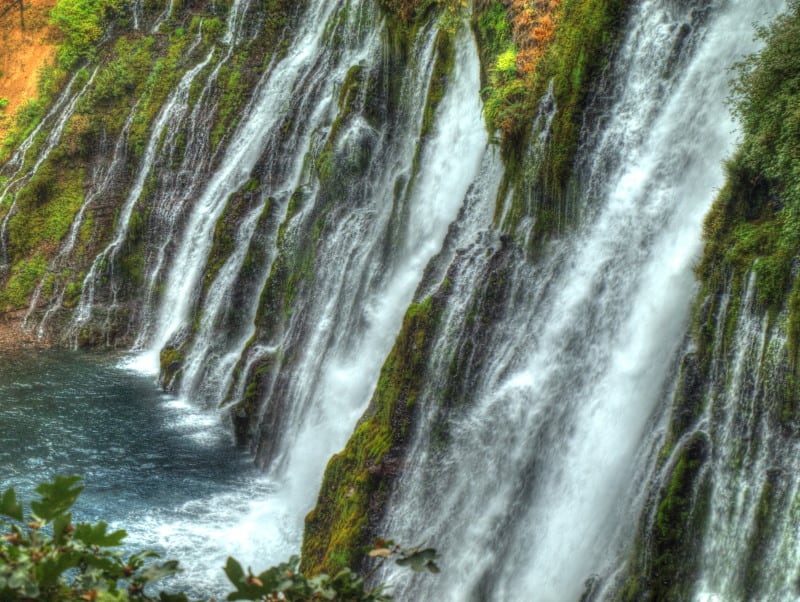But we all knew that, right? Here’s the National Forest Foundation link.
But here’s the rest of the story:
It’s National Forest Week, and members of the Crow Tribe are celebrating recognition of a special place in Montana.
In the U.S. Forest Service’s final draft of its Custer Gallatin National Forest plan released last week, the agency recognized the cultural and spiritual significance of the Crazy Mountains, designating it an “Area of Tribal Interest.”
The Custer Gallatin plan recognizes only the southern part of the Crazies. The Forest Service did not include the cultural significance of the northern part in its Helena-Lewis and Clark National Forest plan from May.
Ideally, Doyle (a Crow tribal member) said, the tribe would like to see both sections recognized, but he noted that the region in the Custer Gallatin National Forest is most significant.
Why? If there was one thing that everyone involved in developing planning regulations agreed on, it was that management direction should not change just because of an administrative boundary with a different staff member in charge. And now this. Two adjacent forest plan revisions, on roughly the same schedule, and different ideas about what? Maybe there’s some legitimate resource reasons, but here’s the extent of the plan components for this area (and they don’t require much):
Desired Conditions (BC-DC-TRIBAL)
01 The Crazy Mountains embody a tribal cultural landscape significant to ongoing traditional cultural practices of the Crow Tribe.
02 Research, education, and interpretation of the Crazy Mountain tribal cultural landscape provides public benefits and enhances the understanding and appreciation of Crazy Mountain’s natural environment, precontact, contact, and Crow traditional cultural values.
Goals (BC-GO-TRIBAL)
01 The Custer Gallatin National Forest protects and honors Crow treaty obligations, sacred land and traditional use in the Crazy Mountains through continued consultation with the Crow Tribe.
This is not the only “area of tribal interest” on the Custer-Gallatin. The Helena-Lewis and Clark plan has plan components for “areas of tribal importance,” but does not identify them (other than the Badger-Two Medicine area). The plan dedicates one descriptive sentence to the tribal history in the Crazy Mountains. So, again, how does the Forest Service explain the line they have drawn here?
(Related to the consistency idea, there was a lot of debate about whether plan decisions should be made by forest supervisors or regional foresters. The Forest Service went with the former (I was told so the Chief wouldn’t be involved in objections), and this is the kind of problem they created.)




